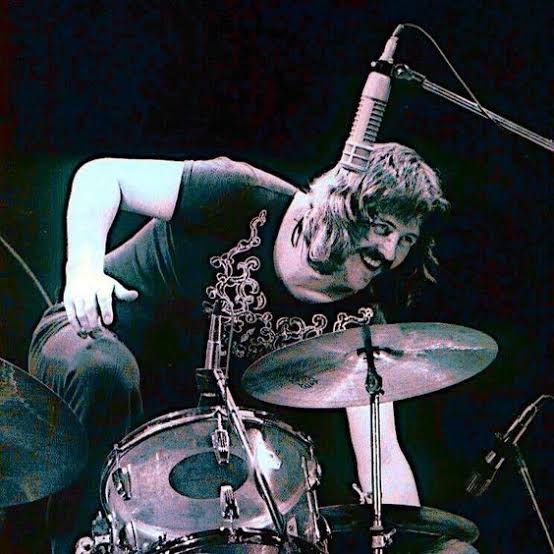John Bonham, often hailed as one of the greatest rock drummers of all time, was the powerhouse behind Led Zeppelin’s rhythm section. Known for his explosive energy, speed, and innovative techniques, Bonham brought a unique blend of power and precision that redefined rock drumming. His playing combined hard-hitting grooves with an unmistakable feel, setting a new standard for rock musicianship.
Bonham’s work on tracks like “When the Levee Breaks” is especially revered for its thunderous drum sound, achieved through clever recording techniques and his natural force. In “Good Times Bad Times,” the complex bass drum patterns showcased his technical skill and timing, instantly making an impact on aspiring drummers. Perhaps most famously, “Moby Dick” stands as a testament to his virtuosity, featuring an extended drum solo that he often performed live with his bare hands, captivating audiences with sheer intensity.
Born in 1948 in Redditch, England, Bonham joined Led Zeppelin in 1968 and quickly became a key component of the band’s legendary sound. He was admired not only for his raw power but also for his deep groove and swing, influenced by jazz, funk, and blues drummers. His musicality turned simple beats into unforgettable moments.
Tragically, Bonham passed away in 1980 at the age of 32, after consuming a large amount of alcohol. His death marked the end of Led Zeppelin, as the band felt they couldn’t continue without his irreplaceable presence. Despite his short life, Bonham’s impact on music has endured for decades. He continues to inspire generations of drummers across genres, and his legacy remains deeply embedded in the history of rock music. For many, John Bonham isn’t just a great drummer—he’s the drummer.










